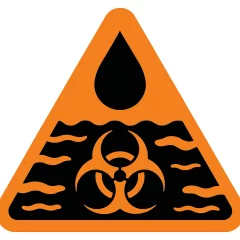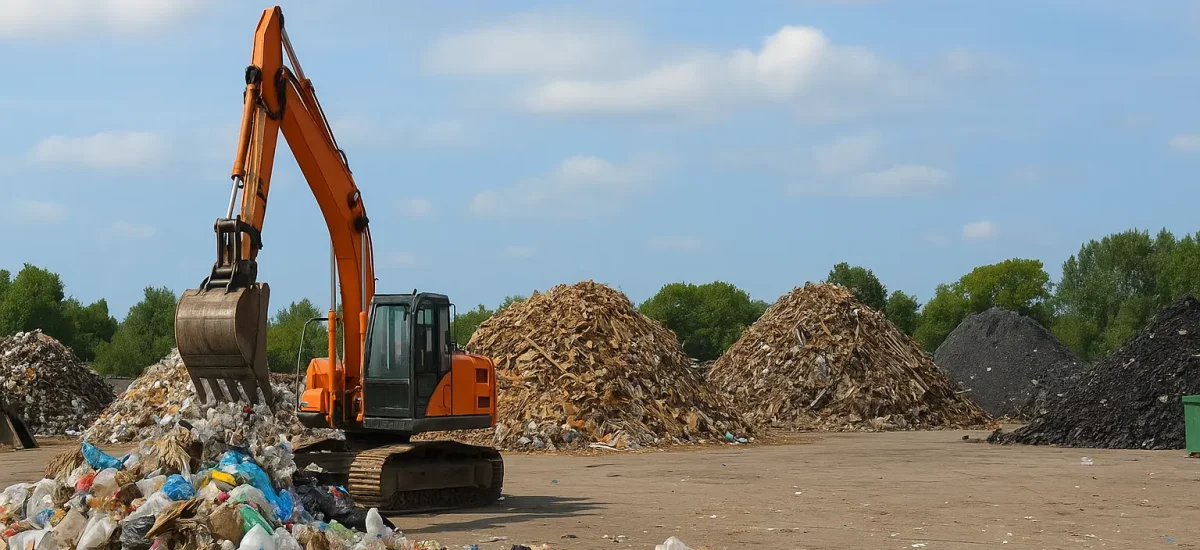I live in South Wales. Rain is a season here, not a day. So I’m used to wet boots and muddy lanes. But slurry? That black, slick mess that smells like old oil and wet stone? That’s different. It sticks to you. It scares you.
I’m writing what it felt like, what worked, what didn’t, and what I learned. I’ll share real moments, too—mine and my community’s. It’s a review, but it’s also a memory. I’ve gathered a longer, photo-heavy version on Sludge Safety if you want every detail. Because that’s how it lives in us.
The morning it went wrong
It was after a long, loud night of rain. The hill behind our street looked fine from the kitchen window. But the river below ran fast, and the color was off—grey-black, like cold tea with soot. Then I smelled it. Bitter. Oily. Not farm mud.
My phone buzzed. A local alert said to keep away from the path near the old tip. My neighbor Dai walked up in his wellies, pointed at the stream, and said, “That’s slurry, love.” He’s calm about most things. Not this.
We followed the lane. The path was cordoned off with blue tape. You could hear the water hiss around stones. A shiny film rode the top. My stomach felt tight. I know mud. This was different. It moved heavy, like it had a mind.
What I used and what helped
- Wellies and long gloves: Not cute, but useful. I wear size 6, and my boots still sank. But I could wade a bit to check our back gate.
- Mask and cheap goggles: The smell got sharp near the water. Basic PPE kept my head from pounding.
- A small sump pump: We keep one in the shed. It cleared our yard fast and saved the shed floor.
- Buckets and an old brush: Simple tools mattered most. We pushed the black water toward the drain, slow and steady.
- Paper towels and kitty litter: I learned this from Dai. It soaks up oily sheen from concrete. Old school. It works.
If you’d like a straightforward kit rundown from another witness, check out this first-hand review of a coal slurry spill.
I called my mum to check her water. We did the tap test: let it run, then sniff. It smelled normal. Clear, too. We still used the filter jug for tea, just to be safe. Old habits stick.
Who showed up and what I saw
Natural Resources Wales staff came first. Hi-vis jackets. Calm voices. They placed booms on the stream—long white socks that soak up oils and trap bits. Smart kit. The council closed the footpath. The police placed cones on the bridge. Welsh Water vans rolled past, slow.
One thing I liked: a simple board with updates at the cordon. No jargon. “Do not enter.” “Water samples taken.” “Next update: 2 pm.” That helped more than a dozen vague texts.
One thing I didn’t: rumor spread faster than the stream. Messages flew about poisoned taps and school closures. Most of it was wrong. I wish the first alert had a clear line like, “Tap water OK. Stream not OK.” Short. True. That would have cut the noise.
Real events that sit in the back of my head
Here’s the thing. In Wales, this isn’t just one day. We carry old stories.
-
Aberfan, 1966. A coal tip turned to a deadly flow after rain. It hit Pantglas Junior School. My grandad would go quiet when he said that name. We visit the garden there. It’s a place of care and grief. When I smell black water, I think of that. For those unfamiliar, the Aberfan disaster still casts a long shadow over every valley.
-
Tylorstown tip slip, 2020. After Storm Dennis, spoil slid down and hit the river. No kids hurt, thank God. But the image of black earth on green field? It stuck with me. The sound of helicopters. The long clean-up. And just recently, a landslip at another coal tip forced residents to evacuate—ITV covered it here, a fresh reminder that the danger hasn’t gone away.
-
Skewen mine water flood, 2021. Not slurry, but mine water—orange-brown, like rusty tea—burst out and ran through streets. Folks had to leave homes fast. Different color. Same fear inside your chest.
For perspective from someone who has actually walked the earth walls of a slurry pond, you might read this honest take.
These are not stories from a book. They live in our valleys. They shape how I react when the stream turns dark.
How the day ended
By late afternoon, the water lightened a shade. The sheen still danced in the bends. We scrubbed the yard, then scrubbed our hands again, even though they already smelled like soap and rubber. I made tea. The kettle hissed. We watched the rugby on low volume, just to have a voice in the room.
Was I okay? Yes and no. My home stood. My feet ached. My head ran loops.
My “review” of the response
- Council alerts: 3.5/5. They came fast, but the first one lacked simple lines on what was safe. Add that and it’s a 5.
- On-site teams (NRW and council): 5/5. Calm, clear, visible. Booms, testing, tape. It felt like someone steady held the wheel.
- Clean-up support for homes: 3/5. Buckets and brushes do a lot, but we could use loan kits—pads, pumps, heavy-duty gloves—ready at the local hall.
- Community spirit: 5/5. Dai with the kitty litter. Mrs. Evans with flapjacks. A spare kettle shows up when your old one smells funny. That matters.
One unexpected coping tool in the middle of all that cordoned-off chaos was simply talking to new people online. Being house-bound gives you time to reach out, swap stories, maybe even plan a future pint when the mud dries. For anyone who'd like an easy way to chat with neighbours or meet fresh faces close by, the in-depth guide to the location-based social app Badoo lays out its features, safety checks, and tips for turning a night stuck indoors into a chance for genuine connection. Likewise, if you ever find yourself near Woodstock, Georgia, and need a no-fuss local classifieds board to offer spare sump pumps or arrange a post-clean-up coffee, Doublelist Woodstock provides a quick, free way to browse or post community-minded listings with people right around the corner.
Little things I learned (the hard way)
- Keep a small pump and a thick hose in the shed. Label the switch. You won’t think straight when the water rises.
- Store one pack of oil-absorbent pads. The white ones with a dimpled face. They beat paper towels on concrete.
- Photograph your yard before and after. Good for claims. Good for your head, too. Proof helps you sleep.
- Report with a map pin. I use What3Words. It gets crews right to the bend or gate without fuss.
- Wash boots outside. Twice. Let them dry in the shed, not the kitchen, unless you love that smell forever.
For anyone looking for a concise, plain-English checklist on preparing for and responding to sludge spills, the guide at Sludge Safety is well worth bookmarking.
A small digression (but not really)
I baked Welsh cakes that night. Thick ones with sugar on top. It sounds silly, but food slows the panic. Steam on the window. Butter on a warm plate. You breathe again. Then you check the forecast and your phone and the stream, because you’re not daft. But you start from warm, not cold.
The part that’s hard to say
Slurry feels like a broken promise. The hills should hold. The stream should be clear. When they’re not, it shakes trust. We need clear maps of tips. We need checks after big storms. We need plain talk from people in charge. Not drama. Not silence. Just truth in short lines.
Final take
Would I say our town handled a coal slurry scare well? Mostly, yes. People showed up. The system did its job, with gaps. The land is old. The scars are older. But we can care for both.
My score for the whole day: 4/5 for the response, 2/5 for how it felt, 5/5 for neighbors, and a hopeful 3.5/5 for next time—because we learned.
You know what? I still keep my wellies by the door.

